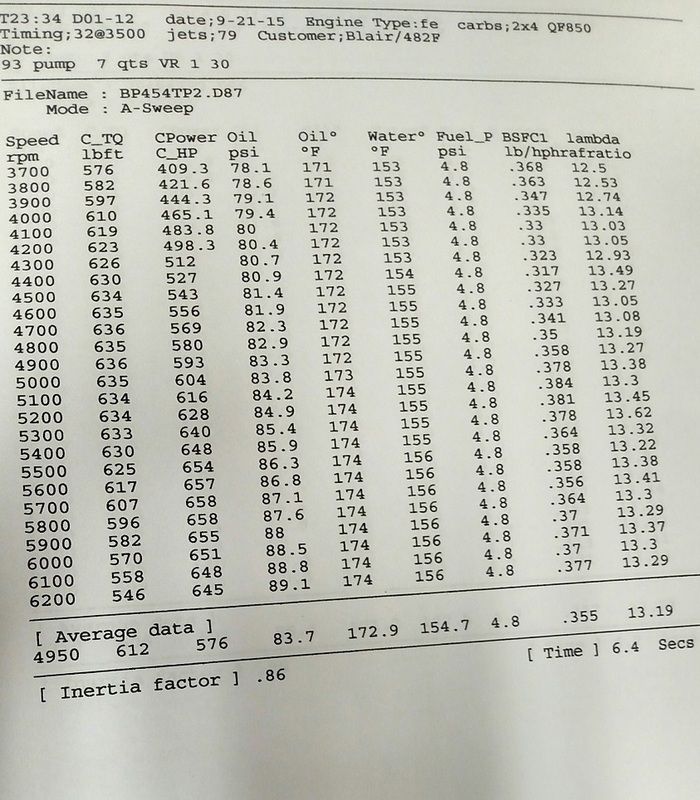526
FE Technical Forum / Re: Blue thunder heads
« on: January 31, 2016, 11:12:13 PM »
Hey Thor, you are thinking in the right direction. The Pro Port is machined a little different than the regular Ed at the rocker pad. They are solid all the way across at the flange. It requires very tall spacers on the bolt bosses, and a billet aluminium subplate. When the max effort language entered the discussion, all of the heads need more material to go where I am talking about in terms of port roof height. All of the heads need the floors filled a bunch, and the Pro Ports have a higher floor as cast, so that part is an easier fix. The spring pads do have to be modified in the Eds, but easy if done on the front end. Valve angle gets tweaked a little too, which helps the geometry in the end. I'm doing some now, just not interested in putting pics on the interweb. They are still inline valves, and it will still look like an FE. You are correct that staying within the confines of the original casting, the BT is taller, but we can't seem to count on those anyway, so I came up with a way to modify the Eds, which are available, to meet the "max effort" call. At some point, I will have a cnc program for the billet plates that makes the modification much less expensive. It would also work on the BBM head, but a person would have to be okay with a ton of green stuff in the floor. I would not want to put that much weld (heat) in the casting as it will soften the head if you do too much, too fast. I have been plating the Victor manifolds for years to get to the HR port height. I'm pretty excited about plating Jay's HR adapter to accomodate the extra height of this junk I'm doing now. It will be much less expensive than a billet valley tray to just modify Jay's piece and then build the spider. I like to get outside the box like you said, but time to do the R&D on this stuff is hard to come by these days. I hope all is well up your way..........



